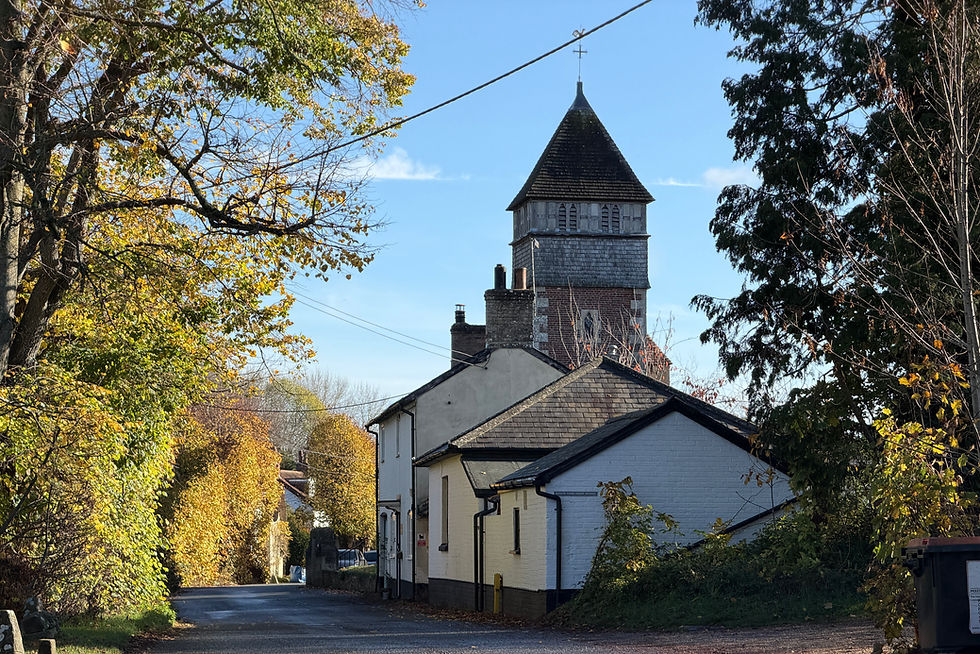Fovant Badges and Chiselbury Camp
- Glyn Coy
- Oct 18, 2018
- 2 min read
Updated: Nov 14, 2020


Chiselbury Camp is another fine example of an Iron Age hill fort sitting on top of a chalk hill in Wiltshire. Although less well preserved than other hill forts in the county, its shape is clearly discernible from ground level, and more so from the air.
It is the side of the hill and its more recent additions which draws visitors to this site though. A set of regimental badges are carved into the hill. Known as the Fovant Badges, the tradition of carving the badges began in World War One when soldiers were garrisoned nearby. The village of Fovant and the surrounding fields were converted into a military camp, where the soldiers would stay before being transferred to the battle front in France.
The badges can be viewed from the A30, where a layby provides a viewpoint to take them in. But as I parked here and looked at the view, I also noticed a path snaking diagonally up the hill, so off I walked to make the short stomp to the top of the hill. As you ascend you really get a sense for the level of maintenance required to keep these badges looking white as well as some of the construction methods. Around the hill you find the occasional pile of chalk which the maintenance team have used recently to work on them. Maintenance is carried out each June, and every badge is re-chalked on a rotational basis every three years. More information can be found at the website www.fovantbadges.com
Once you reach the flat plateau at the top of the hill, you will encounter Chiselbury Camp, and a walk around it will lead you to the byway at the back which can link you into the other downs in this area. Knapp Down is just behind, and Compton Down is adjacent. Like so many places in Wiltshire, there are miles of paths across open countryside with fine views from all angles.

As I walked back through the middle of the hill fort I could see a stately home in the distance. A quick look at the map told me that this was Philipps House, a National Trust property. It is situated in a village called Dinton. Beyond that and in the hills behind you will find Grovely Wood, another site I have visited in the past and documented on this site.

One of the interesting things about the Hidden Wiltshire journey, is that as you visit the sites you start to link parts of the county together. It is like stitching together a mind map of a connected landscape, and forming a stronger bond with the landscape as you find out more about it.
Access Information
The Fovant Badges can be found on the A30, which runs from Wilton on the outskirts of Salisbury towards Shaftesbury. Before the get to Fovant you will see the badges on the hillside to your left, and there is a layby with an information board.
The video clip below really shows the badges at their best, with a true sense of scale.


















Comments